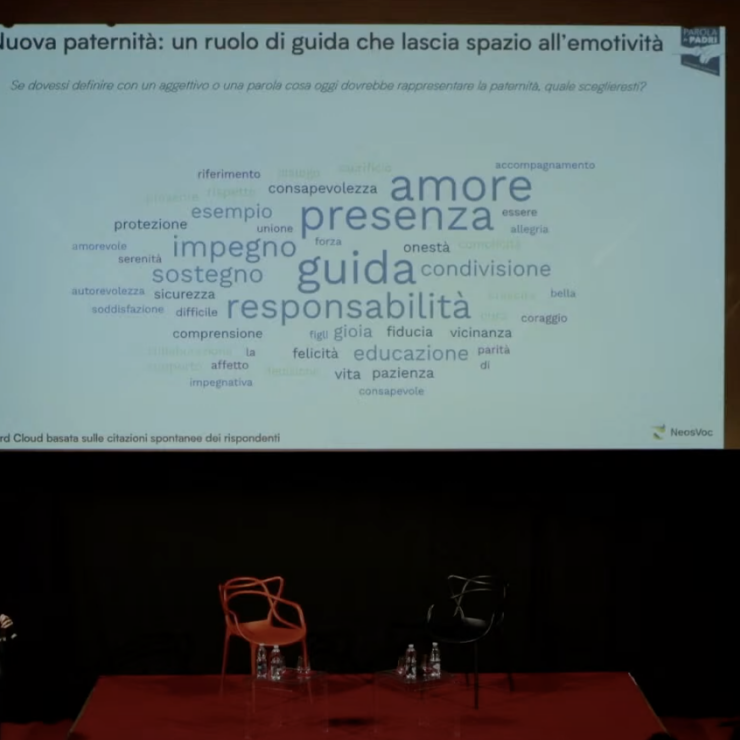Digital innovation has changed people’s habits and needs, transforming dynamics, processes, and work practices within companies as well.
Upon closer inspection, this theme was already present before the pandemic, which undoubtedly contributed to significantly altering the relationship between people and work. What happened, through the widespread revolution of smart working, was that a reduced physical presence, of a functional nature, had to be compensated with an even more intense process presence to avoid losing contact with the work structure.
Thus, what might have seemed like a “simple” evolution of organizational schemes has proven to be a genuine cultural transformation. Among other things, the increasingly strategic use of technology has redesigned and continues to reshape the functions and processes of companies, prompting them to question the future and plan a new organizational, strategic, and operational structure.
Engagement and Performance
When people are led to reflect more intensely on their relationship with the company, it becomes clear that the company must also consider the overall scenario: one that requires greater attention to people, where the experience and engagement of each individual play a central role in determining organizational well-being and performance.
So, what are the themes that companies must increasingly focus on? Here are a few:
- Identifying new needs and organizational requirements to direct future actions and strategies coherently;
- Creating the conditions for a cultural transformation capable of supporting change;
- Identifying the requirements, dispositions, and personal attitudes that can facilitate change within the company and each specific team;
- Supporting a concrete engagement and change plan in line with the company’s future horizons.
Leadership Is Not Just a Characteristic of Managers
But what do we mean when we talk about leadership? It is a resource that, when shared between a manager and their collaborators, becomes a source of trust, satisfaction, and expression of the company’s potential. We can define it as the ability to inspire and generate energy. Therefore, it is not the sole prerogative of managers, as all of us, immersed in an environment—such as a company in this case—inevitably carry some type of energy.
It is clear that, especially now, amidst profound changes, it is crucial for companies to accompany their employees through personalized paths of empowerment and direct engagement, to create new identities, values, and organizational behaviors faithful to the mission and new corporate objectives.
People and Leadership in the Company
The NeosVoc Leadership Model is based on the study of dispositional and personality traits that actively influence each individual’s predisposition toward the adoption—by the manager—and the best acceptance—by the collaborators—of different leadership styles. Alongside these elements, attitudes and the degree of acceptance of various communication and influence techniques are analyzed, comparing each manager’s inclinations with the natural predispositions of each team member.
Cross-referencing data on different dimensions, together with an internal climate study, allows identifying the most suitable leadership style for each team. But that’s not all. The NeosVoc Leadership and Employee Engagement Model offers various application levels: from the most granular, in the processes of selecting individuals and building efficient and cohesive teams, to the higher and more general levels of performance analysis and organizational improvement through the study of corporate personality.

The Goals of the NeosVoc Leadership Model
Identifying the most effective leadership style for different work teams involves several aspects. One primary effect will be to improve performance and the company climate, acting on various levels:
- For managers, it means taking on the role of Change Agent towards their collaborators. This goal is achieved through the development of empathetic abilities and social skills aimed at motivating and engaging people during phases of evolution and transition.
- For all collaborators, it means building effective organizational relationships that facilitate change and improve the organizational climate.
Based on the score achieved in each analyzed dimension and the level of “fit” between Manager and Employee, the NeosVoc model will identify areas for improvement, the appropriate style of communication and influence for each corporate group, areas within the company that are struggling, and the corrective measures to promote the potential of each individual. This, in turn, develops motivation, engagement, a sense of belonging, and improved company performance.
If you want more information about the Leadership Model and how NeosVoc can assist you in this journey, contact us.



